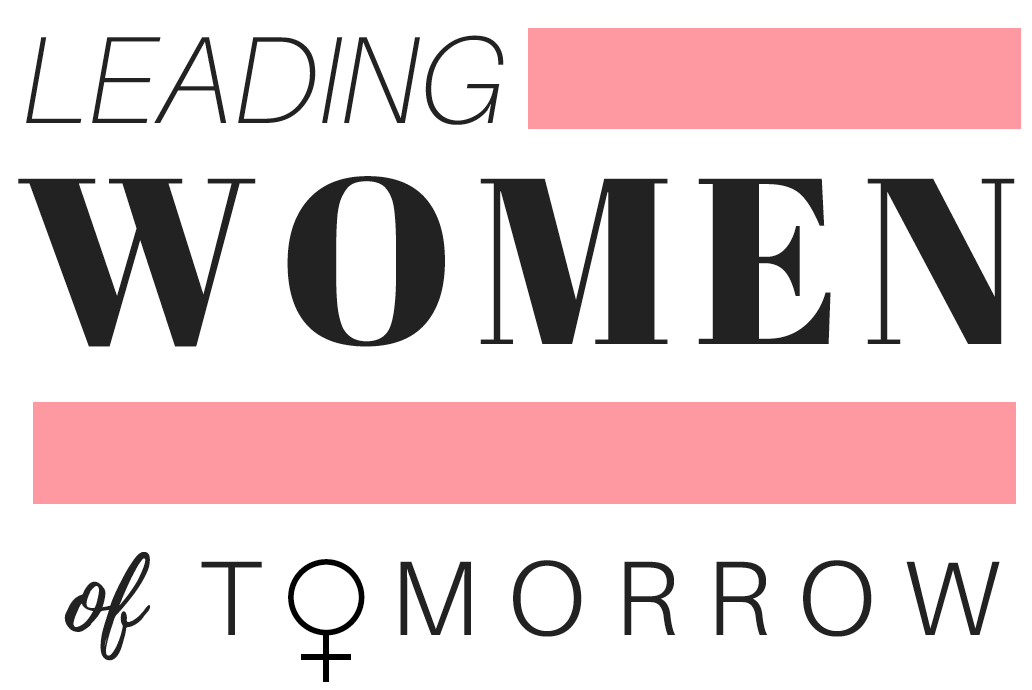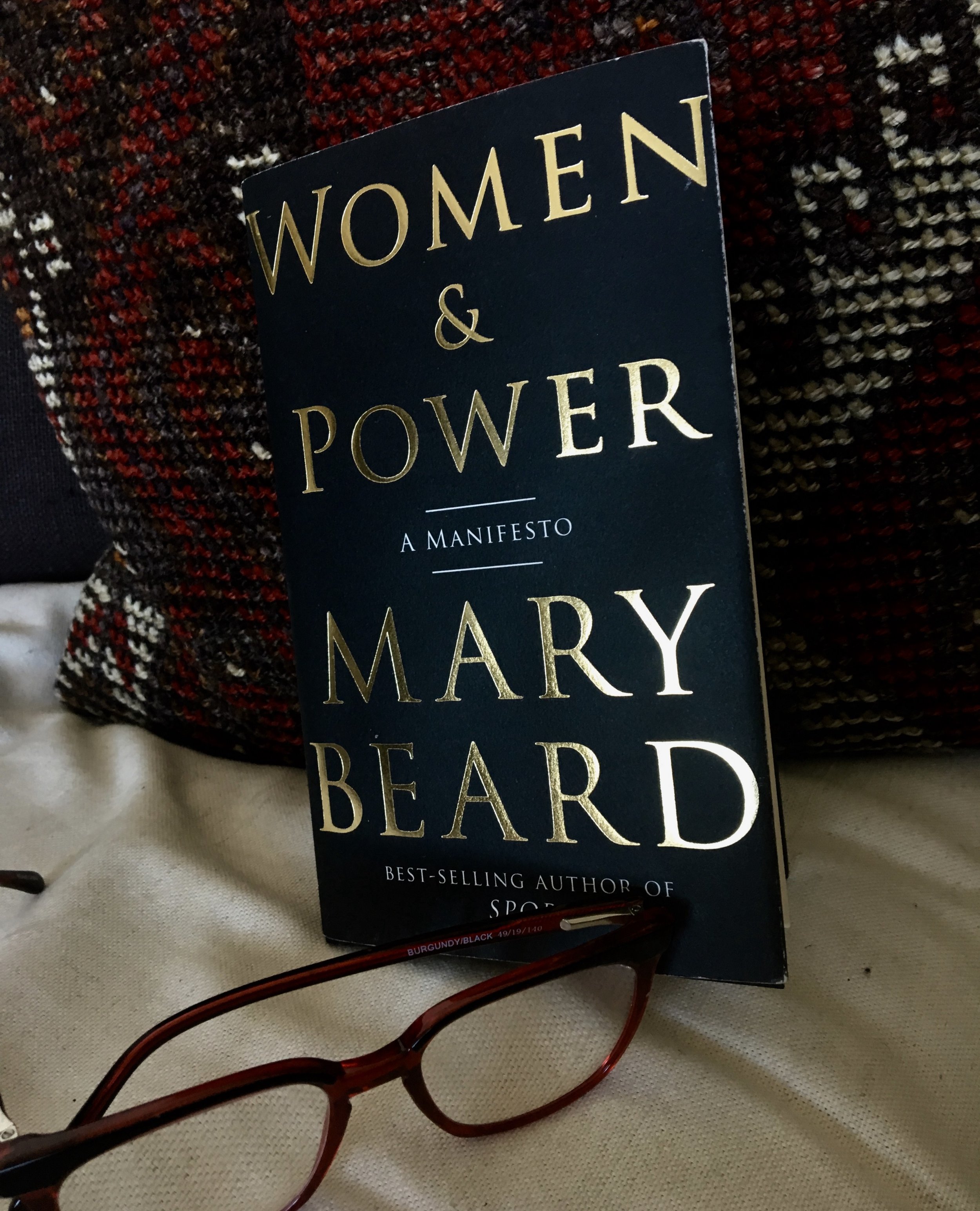Mary Beard’s Women and Power: A Manifesto – The Birth of the Political Gender Gap, and Redefining Power
SOURCE: Jane Trombley, https://medium.com/publishous/the-long-weary-legacy-of-women-speech-and-power-d7c084c5e8f2
Women are underrepresented in the political sphere, the world of academia, and in private sector – this is not news. Underrepresentation of women in these areas is something that has been acknowledged for decades, but something that remains a problem today. While progress has been made in recent years, there is still a notable gap in gender representation. While many people have taken steps in an attempt to close this gap (including members of Leading Women of Tomorrow!), there has been a limited discussion about whythis gap exists.
In her treatise Women and Power,Classicist and Professor of Classics at Cambridge University Mary Beard uses her background in the ancient world to enlighten us today about the origins of the lack of female participation in government.
Beard begins by discussing our current definition of power. Power has, in the history of America, been defined by and for people of the male persuasion. The ancient world gave us our current template for politics, in which it is unnatural for women to occupy a public speaking role or to have the power of persuasion. Beard proposes women having any power at all is a threat to political stability.
These power dynamics have broader effects than discouraging women from persuing public roles. Beard emphasizes that roles requiring public speaking “…were exclusive practices and skills that defined masculinity as a gender…public speech was a – if not the – defining attribute of maleness” (Beard – 17). Women who attempted to speak in public were characterized as whiney, and as threatening to the stability of the state (Beard – 19). This isn’t a new perspective for us in modern times: women in politics have continually been criticized for being “too emotional” to run for office, or to stably run the county. For a long time, “female” was the antithesis to “powerful”. There’s no wonder a sizable part of the country is still having trouble picturing a female president.
In order to discard these stereotypes, female public officials often deny their femininity in order to compete in the political arena. It’s implicit that women must ignore what makes them distinctly female in order to see success in politics. They have to alter themselves in order to fit into the role of a politician in the traditional sense, which is to say the male role of a politician. To this point, Beard cites a famous speech by Queen Elizabeth I in which she belittles her femininity, calling herself weak and womanly of body, but like a man in that she is mentally adept (Beard, 22). Women in power have to continually deny that they are feminine in order to prove that they can actually do their job.
Furthermore, Beard brings up the notion that women’s voices are typically relegated to advocating exclusively for women’s issues, such as maternity leave, education reform, or reproductive rights. While these are undoubtedly important issues, these seem to be the only areas that women are allowed to advocate in. The role of women in politics is slighted in and of itself, and when women do achieve positions of power they are for the most part roles that are typically “feminine”, such as Secretary of Education, rather than Chief Justice or the Secretary of Defense (two roles that women in American government have never held).
Because the idea of political power in a democratic society, at its roots, was based entirely on patriarchal power, it is still necessary in this day in age to reassess the notion of power and completely redefine it. It’s not enough to include women in an environment that was created for men; an entirely new environment must be conceptualized. As Beard states, “you cannot easily fit women into a structure that is already coded as male; you have to change the structure” (Beard, 86-87).
So, in the current day and age, we are presented with a Venn diagram. In one circle we have “power”, and in the other, “femininity”. Based on our present conception of power, these two circles will never overlap. Hence, Beard’s call to action in Women and Power is a radical redefinition of power. Rather than forcing women to become what they are not in order to gain power, perhaps it’s time to force power to change to definitionally include women.
Beard provides us with the why: why we see this gender discrepancy, and why we lack proper representation of women in politics. Now, maybe it’s time that we take these reasons as a foundation of sorts, from which we can begin to answer the question of how we can finally close the gender gap.While completely discarding power as we know it and rebuilding from the ground up to include femininity might seem daunting, it might just be the way forward for female representation in politics.
Women and Power: A Manifesto is by Mary Beard, and can be bought anywhere books are sold. It’s a great and quick read (only about 90 pages) that I highly recommend!
Works Cited:
Beard, Mary, Mary Beard, and Mary Beard. Women & Power: A Manifesto. , 2017. Print.


